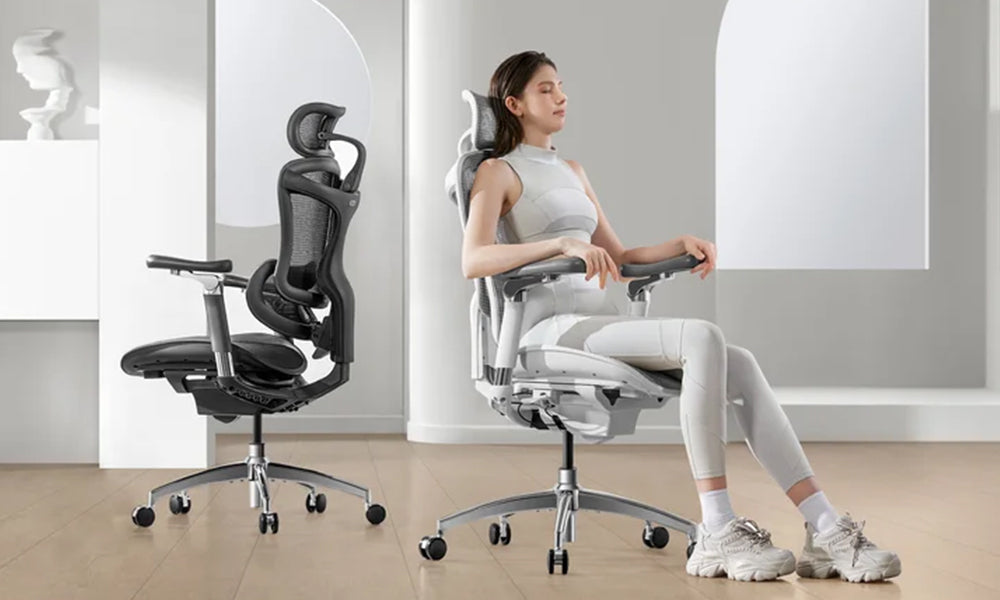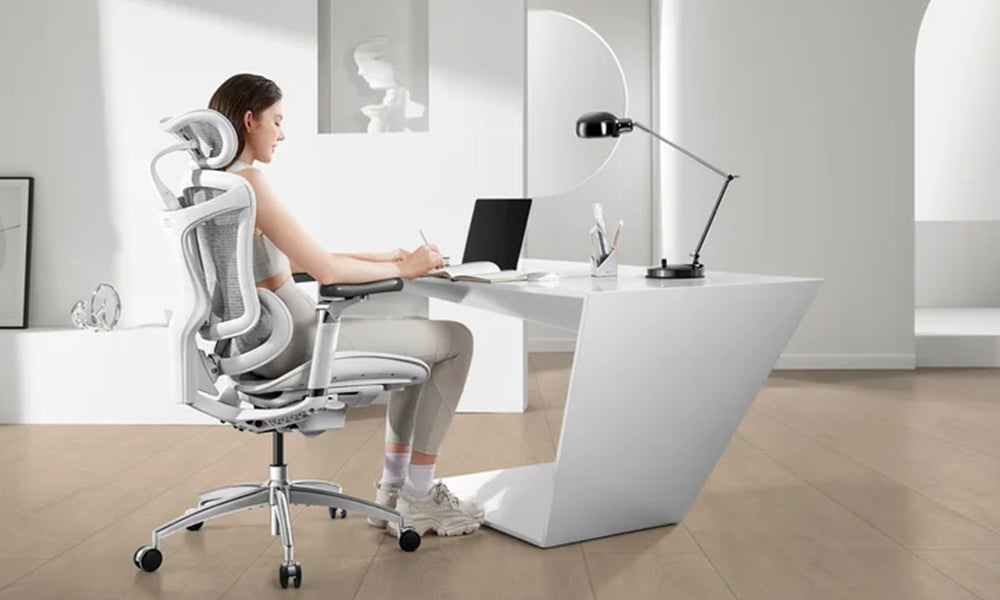In the modern era, where the majority of jobs involve spending long hours in front of a computer screen, the importance of ergonomic workspaces cannot be overstated. As awareness of the health risks associated with prolonged sitting grows, individuals and businesses alike are exploring alternatives to traditional desks. Standing desks and sit-stand desks have emerged as popular solutions, but the question remains: which is right for you? In this comprehensive guide, we'll delve into the benefits and drawbacks of standing desks and sit-stand desks to help you make an informed decision.
The Rise of Ergonomic Solutions
With sedentary lifestyles becoming increasingly prevalent, the workplace has undergone a significant transformation. Employers are recognizing the importance of employee health and well-being, leading to a surge in the popularity of ergonomic furniture. Two prominent players in this arena are standing desks and sit-stand desks, both designed to address the adverse effects of prolonged sitting.
Standing Desks: A Vertical Solution
Standing desks, also known as stand-up desks, are designed to be used primarily in a standing position. These desks are fixed at a height that allows the user to stand comfortably while working. The idea behind standing desks is to reduce the amount of time individuals spend sitting during their workday.
Pros of Standing Desks
Reduced Sedentary Time: The primary advantage of standing desks is that they break the cycle of sedentary behavior. By encouraging users to stand, these desks promote movement and reduce the negative health effects associated with prolonged sitting.
Improved Posture: Standing desks can contribute to better posture as they encourage users to engage their core muscles and maintain a more upright position. This can alleviate issues such as lower back pain and neck strain.
Increased Energy and Productivity: Some users report feeling more energized and focused when using a standing desk. The act of standing can lead to increased blood circulation, which may result in heightened alertness and productivity.
Cons of Standing Desks
Initial Discomfort: Users who are not accustomed to standing for extended periods may experience discomfort during the initial transition. It's crucial to gradually introduce standing into your work routine to allow your body to adapt.
Foot and Leg Fatigue: Standing for long periods can lead to fatigue in the feet and legs. Anti-fatigue mats and supportive footwear can help mitigate this issue.
Limited Desk Height Adjustment: Traditional standing desks offer limited height adjustment options, making it challenging to switch between standing and sitting throughout the day.
Sit-Stand Desks: Finding the Balance
Sit-stand desks, also known as adjustable or height-adjustable desks, offer a versatile solution by allowing users to switch between sitting and standing positions. These desks provide the flexibility to find the optimal balance between sitting and standing throughout the workday.
Pros of Sit-Stand Desks
Flexibility: Sit-stand desks offer the flexibility to adjust the desk height according to individual preferences. This adaptability allows users to alternate between sitting and standing, promoting movement and reducing the risk of sedentary-related health issues.
Customizable Ergonomics: Users can tailor the desk height to achieve an ergonomic setup, ensuring that the screen is at eye level and the keyboard is at a comfortable typing height. This customization minimizes the risk of musculoskeletal problems.
Smooth Transition: Unlike standing desks, sit-stand desks provide a smoother transition for those new to ergonomic workstations. Users can gradually increase the time spent standing, minimizing any initial discomfort.
Cons of Sit-Stand Desks
Cost: Sit-stand desks tend to be more expensive than traditional standing desks due to their adjustable features. However, the investment in employee health and well-being may outweigh the initial cost.
Complexity: Some individuals may find the adjustment mechanism of sit-stand desks to be complex or cumbersome. It's essential to choose a desk with a user-friendly design and smooth transition between sitting and standing modes.
Choosing the Right Desk for You
The decision between a standing desk and a sit-stand desk ultimately depends on your personal preferences, work habits, and physical condition. Consider the following factors to determine which desk aligns with your needs:
1. Work Routine:
If your work requires long periods of focused concentration, a sit-stand desk may be more suitable. It allows you to switch between sitting and standing, preventing fatigue.
Jobs that involve frequent movement or collaboration may benefit from traditional standing desks, as they provide a stable surface for various tasks.
2. Health Considerations:
Individuals with pre-existing health conditions such as back pain or circulatory issues may find a sit-stand desk more accommodating. The ability to alternate between sitting and standing can provide relief and improve overall well-being.
If you have no existing health concerns and are comfortable standing for extended periods, a traditional standing desk might be a straightforward and cost-effective choice.
3. Budget:
Consider your budget constraints when making a decision. While sit-stand desks may have a higher upfront cost, the long-term health benefits may justify the investment.
If budget is a significant concern, a standing desk could be a more accessible option.
4. Space Constraints:
Evaluate the available space in your office or workspace. Sit-stand desks may require more room due to their adjustable features.
If space is limited, a compact standing desk could be a practical solution.
5. Ease of Transition:
If you're new to ergonomic workstations, consider how easily you can adapt to the new setup. Sit-stand desks often provide a smoother transition for those accustomed to traditional desks.
If you're ready for a more radical change and are committed to standing, a fixed standing desk might be the right choice.
Conclusion
In the debate between standing desks and sit-stand desks, there is no one-size-fits-all answer. The key lies in understanding your work habits, health considerations, and personal preferences. Both standing desks and sit-stand desks offer valuable benefits in mitigating the risks associated with prolonged sitting, promoting better posture, and enhancing overall well-being.
When making your decision, consider the long-term impact on your health and productivity. Investing in an ergonomic workspace is an investment in your future self. Whether you choose the simplicity of a standing desk or the flexibility of a sit-stand desk, taking a proactive approach to your well-being can lead to a healthier and more productive work life.
Remember, the most effective ergonomic solution is one that aligns with your unique needs and encourages a balanced approach to work and movement. So, stand tall or find the perfect balance – the choice is yours.



